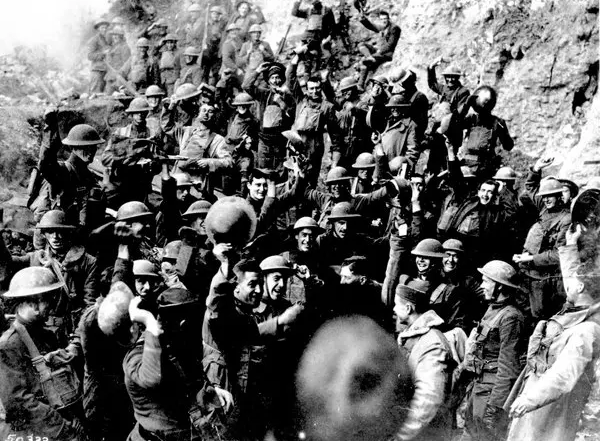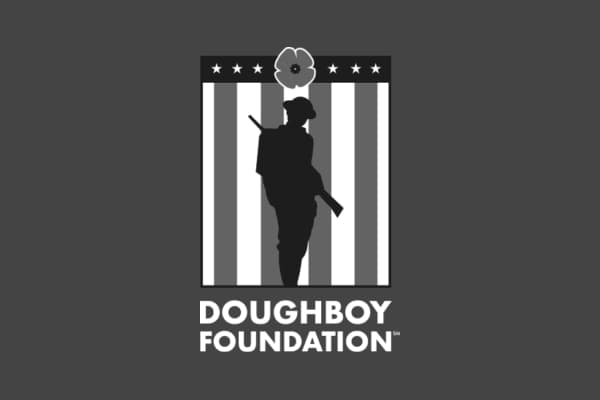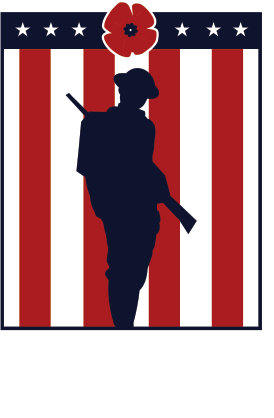Featured Articles
Origins of Veterans Day
Part I of II World War I – known at the time as “The Great War” - officially ended when the Treaty of Versailles was signed on June 28, 1919. However, fighting ceased seven months [...]
Search for lost soldier shows how little we know about Latinos in World War I
A Texas woman, curious about what happened to a relative who died while serving in World War I, recently found his resting place in France — likely one of several Mexican Americans who died abroad [...]
‘Remarkable’ bond of horse and officer who rode through war together
More than 100 years after the end of the First World War, new details have emerged about a horse from Angus and her rider who fought in some of the conflict’s most infamous battles.
American Women in World War I
Women have played important roles in all of America’s wars. However, this marked the first time that women directly participated in the war effort on a wide scale. Their contributions helped win the war and make major strides towards equality.
Native Americans
When the U.S. entered the war, most American Indians were not considered citizens. Yet many served and fought with distinction. The Onondaga and Oneida Nations even declared war against Germany.
The First Code Talkers
The little-known activities of the Choctaw Nation during World War I set a precedent that paved the way for the famed Navajo Code Talkers of World War II.
African American Soldiers in WWI
More than 350,000 African Americans served during World War I. Despite facing racism at home and in uniform, tens of thousands of black soldiers served courageously and capably in combat.
Immigrants at War
During World War I, nearly forty percent of U.S. soldiers were immigrants or children of immigrants. Their service not only helped win the war, but accelerated the assimilation and acceptance of an entire generation of new Americans.
Immigrants All! America’s Foreign-born Soldiers
This 1919 poster by Howard Chandler Christy was commissioned for the World War I Liberty Loan war bond campaign. Courtesy National Archives and Records Administration, Washington, D.C. ou could not imagine a more extraordinary gathering [...]










